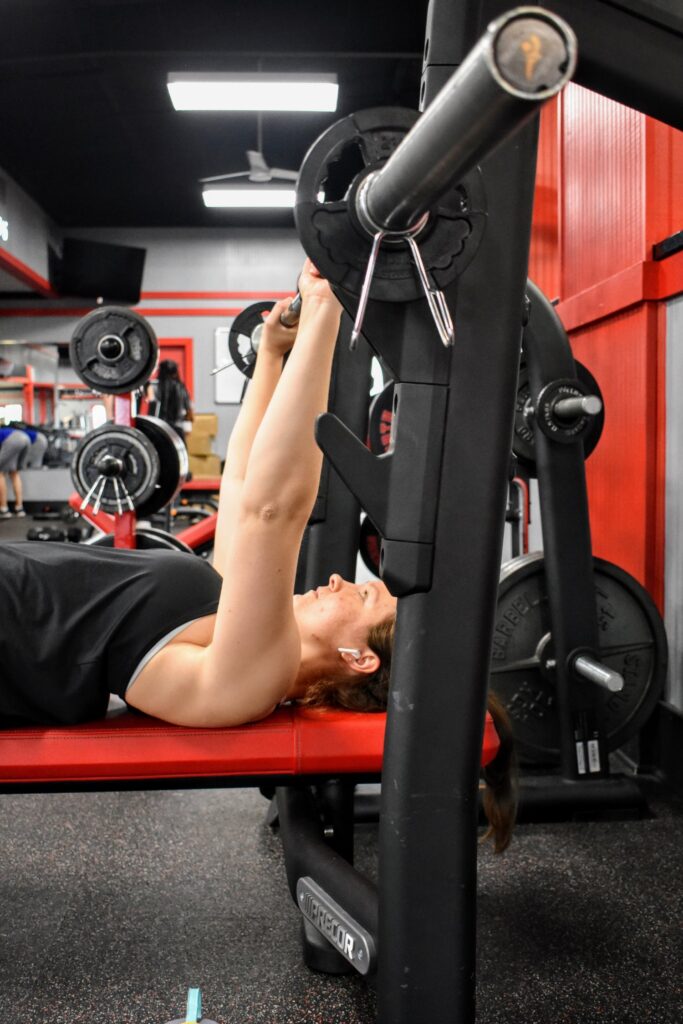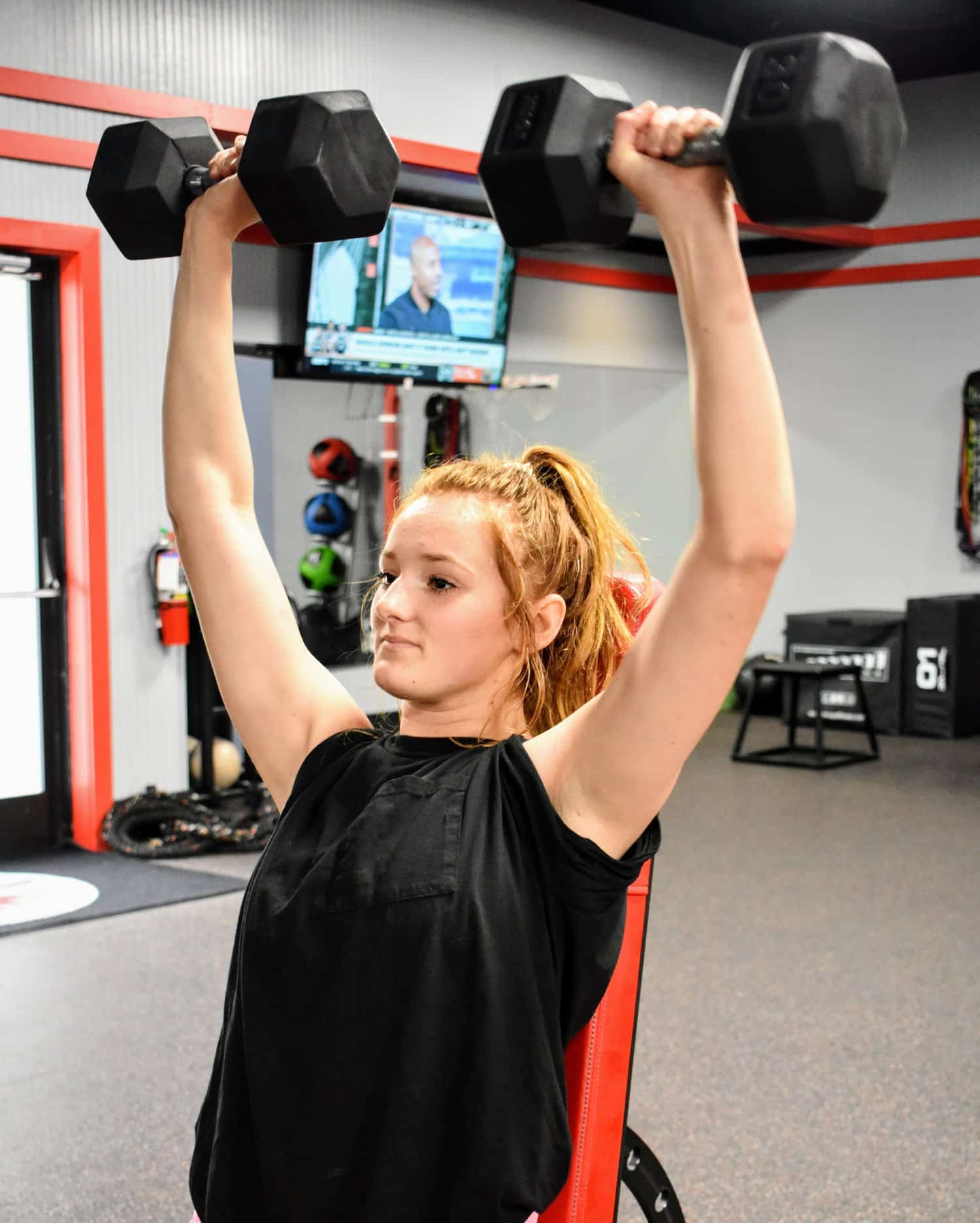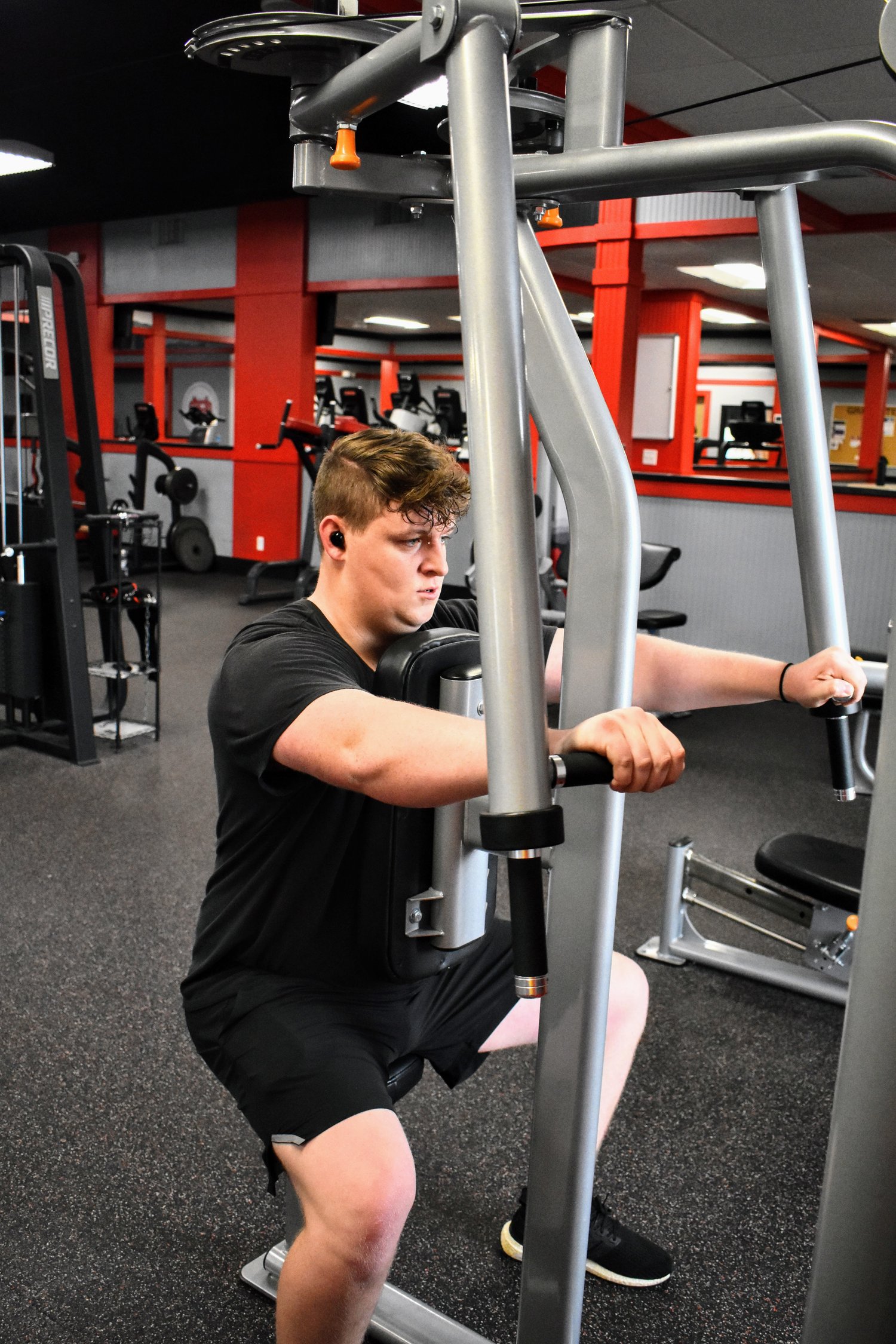
No rest for the weary
Jacob Collins, Contributing Writer
The end of the Spring semester for college students across the country means rest and relaxation, a time to recharge the batteries. However, for college athletes, summer is an important part of the sport, as it serves as a vital opportunity for athletes to improve and grow. No rest for the weary.
Collegiate coaches arm their athletes with strict orders as they disperse for the summer. A kicker for NGU’s football team, Jesse Klein, reveals that his coach provides each athlete with a specialized packet of weightlifting and conditioning exercises to be completed multiple days a week. According to Klein, “It’s a lot more intense in the off season, and we have to fill out and record how much weight we lifted and our conditioning times.”
NGU women’s soccer player, Abby Mayer, supports that summer conditioning is actually more intense. She said there is a lot more running in order to build stamina and that during the season, “We try to recover our bodies from a game, while we go the extra mile to improve our stamina and just become faster.”

What happens if athletes ignore their responsibilities? After all, no one really can hold them responsible. Coaches hope that the athletes will work hard in order to secure their playing time/keep their spot on the team. “Out-of-shape athletes’ playing time will significantly diminish,” Klein confirms. Practices in the fall all will be much more difficult for out-of-shape athletes. And an out-of-shape player is easy for coaches to spot.
NGU’s Assistant Lacrosse Coach, Jay Goldsmith, said that on the first day of practice coaches can easily identify evidence of summer training. The lacrosse coaches subject their players to a series of endurance drills. Returning athletes are aware of this “Hell Week,” and Goldsmith says, “It serves as motivation.” Players don’t want to look bad in front of their teammates. There is no hiding amongst collegiate athletes.

There is another reason athletes are motivated to workout over the summer. Mayer says, for her, it’s the desire to constantly get better. She also fears letting her coaches and teammates down if she doesn’t uphold her obligations. Team sports require all members of the team to do their part, and showing up, out of shape, for practices in August sends a message, one that teammates will not appreciate nor respect.
But really, how does working out in July help an athlete whose season doesn’t officially begin until February? Is there a connection between summer workout and playing time? Although both Klein and Mayer couldn’t say for certain that if an athlete does not workout over the summer that his/her playing time would be affected, they do believe that athletes who train year-round are less inclined to injury, have more stamina and possess more strength.
Depending on the season, summer workouts have slightly different purposes. For athletes who play in the fall, like Klein, those summer workouts will have an immediate benefit, as there is less time for him to get into top shape since his season begins immediately upon arriving back on campus. Mayer, on the other hand, plays soccer in the spring, so for her, if too much time passes without training, it will be much more difficult to compete on the field.
So as most students pack up for the summer and revel in visions of living the good life for over three months, collegiate athletes aren’t able to share in that reality. For them, summer means increased rigor, healthy eating and more stress. Am I doing enough? Will my spot on the field/court be taken away? How do I overcome burnout? You have to give credit to athletes whose short season is embedded in yearlong challenges.

*Featured Image: Emily Weardem, junior, lifts a barbell. Photo by Seth Atkins.
